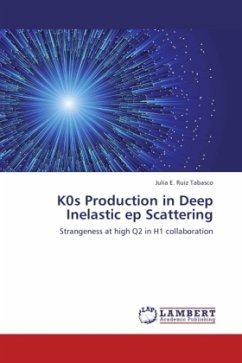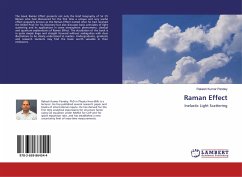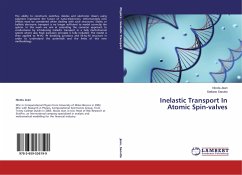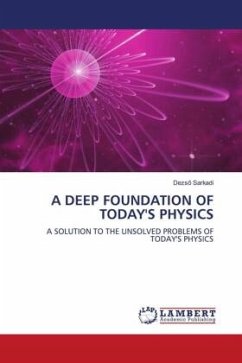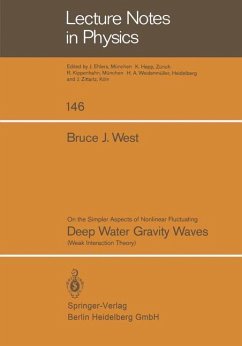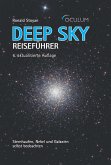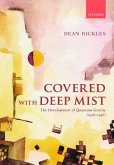Nowadays, the accepted model of elementary particles is the known as Standard Model, which consists of quarks and leptons. Only the up and down quarks form the hadrons of ordinary matter. The other quarks, as the strange one, only appear in the colliding machines when the center of mass energy of the reaction is much larger than the mass of the strange hadron. Since strange mesons and baryons produced are not present at the beginning of a collision, the study of their rate production provide valuable information about the mechanism of strangeness production, both in perturbative and non-perturbative regimes, as well as the dynamics of the strong force through the flavour production in colour confinement processes. One direct application of the results of this work is the comparison of phenomenologycal models to the measured rate of strangeness, which is fundamental for the test and the optimization parameters in Monte Carlo programs.
Bitte wählen Sie Ihr Anliegen aus.
Rechnungen
Retourenschein anfordern
Bestellstatus
Storno

